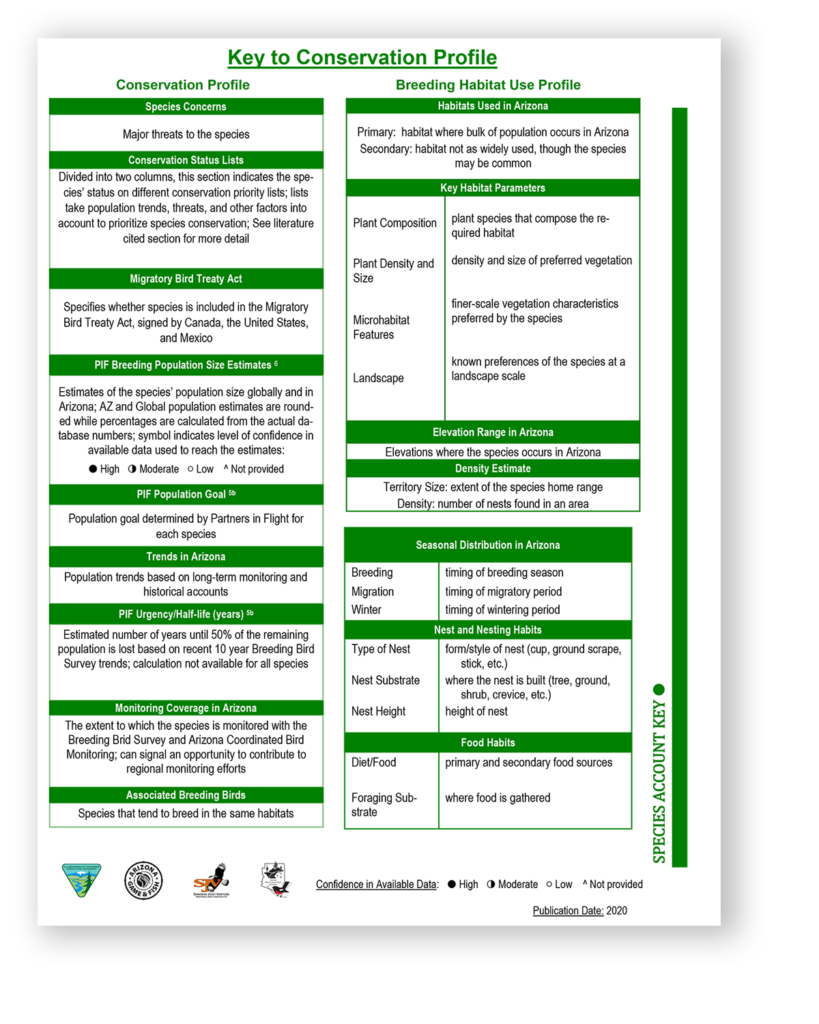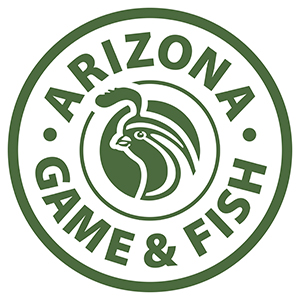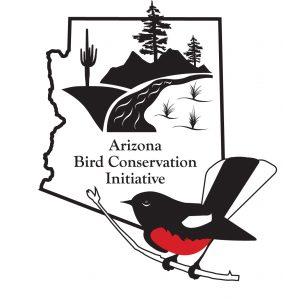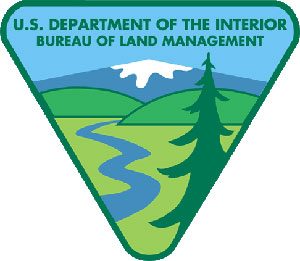Cuentas de Especies
Herramientas para administradores de tierras
Nuestra meta es proporcionar un recurso fácil de usar que ayude a considerar a las aves al tomar decisiones de administración de la tierra. Diseñamos estas cuentas para los biólogos de las dependencias, administradores de tierras y demás personas que se ocupan de las decisiones diarias que afectan a las aves y sus hábitats, pero que pueden o no ser expertos en aves. Cada cuenta incluye la información pertinente para quienes toman las decisiones de manejo de la tierra. También resume los detalles de conservación clave y las recomendaciones de actividades de manejo para apoyar a las aves. Las cuentas incluyen tanto especies prioritarias para la conservación, como las aves que son buenas indicadoras de la salud del hábitat.
Esperamos que estas cuentas le ayuden a orientar su trabajo y el proceso de toma de decisiones. Si tiene preguntas o quiere discutir las opciones de manejo, favor de comunicarse con Adam Hannuksela. Las cuentas sólo están disponibles en inglés por el momento.
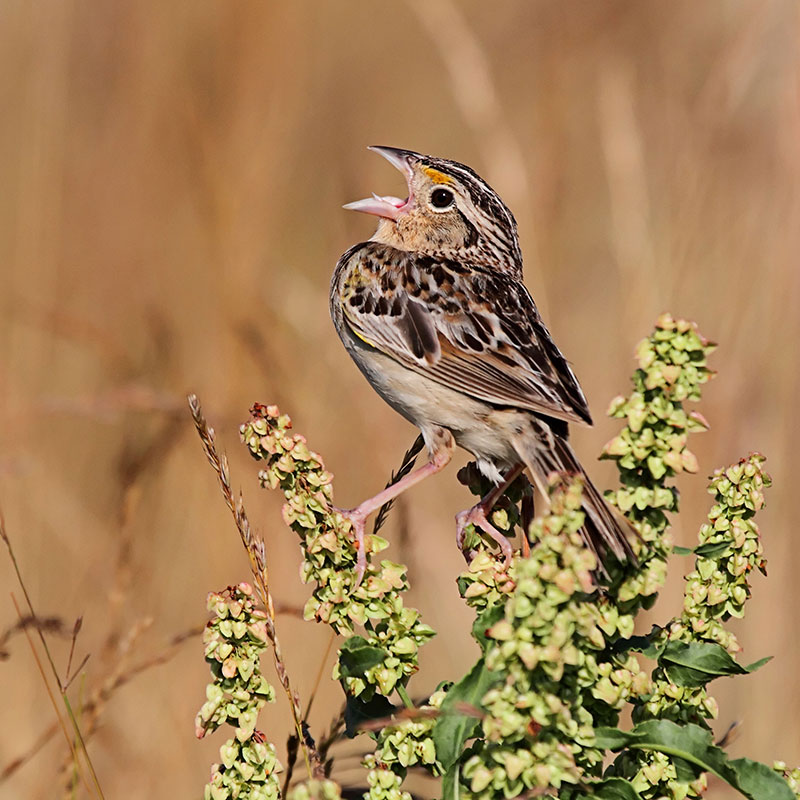


 English
English  Español
Español 